In this post, we’re going to spend some time reviewing the Canon EOS R6 – but if you just want to know whether or not it’s a good camera, you should know this – the R6 is an excellent mirrorless camera that brings enough improvements, like eye tracking and improved auto focus, that when compared with high end DSLR cameras, and even other mirrorless cameras on the market, it feels like a steal. Now – onto our Canon R6 review!
This camera is in a very unique position in that it offers so much, while still only maintaining a mid-tier price point. For direct comparison, the Canon R5 is functionally a similar camera, but with some added functionality and higher levels of image quality – but at a price point about $1,500 higher (at least at the time of this writing).
As a result, the R6 camera is very much within the reach of any professional photographer and may even be strongly considered by a hobbyist with a little more of a stretch budget.
But, let’s face it, you probably already know all of this.
What you are really looking to know is whether or not this is a worthwhile camera to invest in that will be able to perform well enough for use in a profession setting as a portrait camera, wedding photography camera, landscape camera, and so on.
About Us and Why We Decided to Buy the Canon R6
If this is your first timing visiting our blog, it’s important that you understand just a couple of things about us before we just lay out our thoughts about the Canon R6:
We’re a husband and wife photography team, and have been working professionally now for 6+ years as a part of our business Hand and Arrow Photography. Because taking photos is literally our profession, it’s crucial for us that we have access to high quality and reliable equipment as we regularly are documenting wedding days and portraits of couples, families, and individuals. Growing up together, we would often enjoy photography as a hobby, taking pictures of landscapes and other little things on old inexpensive cameras with kit lenses; and our passion for photography has only grown with time.
As we started our career, we initially upgraded to the Canon 5D Mark III, then the Canon 5D Mark IV subsequently after it was released. We still have our original Mark III to this day (now used as a camera backup when going to events), and the Mark IV’s have continued to perform really well despite now being “old tech” (which also makes us feel old just writing that!).
The Canon R6 was put on our radar by a lot of buzz in our network of photographer friends. We actually did not intend to buy one, until by happenstance one of our ~6 year old camera bodies had a shutter failure – and we saw the chance to try something new.
If we can sum up why we decided to pull the trigger and buy the Canon R6, it was this:
- The price point was compelling. We got ours for $2,500 – which was a steal compared to the $4,000 we had dropped on several Mark IV’s in the past. Almost half the price, but would it be just as good?
- Friends in the industry were raving about its auto focus system. It was one of those things that sounded too good to be true, but you have to imagine that a new system would be able to outperform now older cameras like the Mark III and Mark IV. In our experience, these cameras were never “bad” at focusing, but over time became increasingly less reliable even when optimized as best as possible.
- The performance in low light was supposedly really good. Given we often have to shoot in low light environments, the idea of “better” performance was definitely appealing. Of course, this is one of the reasons why we bought the Mark IV so many years ago, so we expected it to be even better.
- The image RAW file sizes were smaller. This seems like a minor thing to care about, but when you are taking thousands of photos in a day, then proceeding to store them on some external hard drives – smaller files means you can store more images on those HD’s, before needing to buy new ones.
- We could use our current Canon camera lenses without having to buy an entirely new set of glass. There is a distinct difference between buying a new camera body, and buying a new camera body + $10,000 worth of lenses.
Initial Impressions (And How It Has Altered Our Photography)
Our first impression of the Canon R6 (and the impression you’ll likely read in every review of it online) is…”Wow, this is light!”
That is definitely true and a simple consequence of being a mirrorless camera, as mirrorless options by all of the major camera companies out there like Canon, Nikon, Sony, Olympus, etc. all sell the lightweight and easy to transport nature as a big selling point.
For us, this isn’t reason enough to buy a camera. We could even argue that the more hefty DSLR’s are even a little more fun to hold in the hand.
What actually mattered to us was how easy it was to set up, and how it would influence our ability to photograph our clients.
Out of the box, the Canon R6 camera did require some time to configure, but following some step-by-step instructionals found online to set the right auto focus points, set up back button focusing, engage the new eye tracking feature with the click of a button, and make some other more personal modifications was all easy enough.
Once we had it set up, our first test was immediately with some portrait subjects – in this case our cats, who are squirmy little things on their best days. We were immediately impressed by the results, specifically with the auto focus seeming to be a lot more accurate than we were used too.
Over the course of a few weeks, we ended up documenting a number of couple’s portrait sessions and full-blown weddings – and the R6 has been a phenomenal asset.
How the Canon R6 Changed Our Shooting Style
- Eye tracking during key moments. The eye tracking feature is not one we use through an entire wedding day, however during some key shots it is very valuable and incredibly accurate. For example, when a bride and groom are walking down the aisle during a reception, we can just hold a button to track the eyes, and fire away – with great results.
- Higher frame rate for rapid shooting. Starting in 2020, we began incorporating more GIFS (moving pictures – basically) into our work. To produce these, it starts with using the cameras rapid shutter mode – which allows us to take a lot of images in rapid succession. The Canon R6 has a higher frame rate (ie: we can take more images per second) vs. the Canon 5D Mark IV, so this has resulted in GIFs that are higher quality and smoother.
- Electric viewfinder makes visualizing shots easier. The biggest change has been adjusting to the electric viewfinder. On the old DSLR cameras, the viewfinder was essentially a piece of glass (an optical viewfinder). On the R6, the viewfinder is more like looking at a computer screen, and it can more accurately simulate what an image will look like after it is taken. It’s hard to explain, but a significant change. This feature is not always preferable, but at it’s best can be really useful – but more on this detail later in this article.
- We shoot more in low light and dark situations without flash. To our surprise, the low light performance on the Canon R6 is amazing. Not only can it handle higher ISO’s before being impacted by grain, but even the quality of the grain seems less detrimental to the images quality.
- Adjustments to muscle memory for manual adjustments to ISO, shutter speed, and aperture. One aspect of the R6 that made us genuinely nervous to move over from our DSLRs was the changes made to how you actually operate the camera. We had to learn these new adjustments in between gigs during a very busy schedule, and fortunately it only took a couple days of real life shooting to really get it down. Now, it’s 2nd nature.
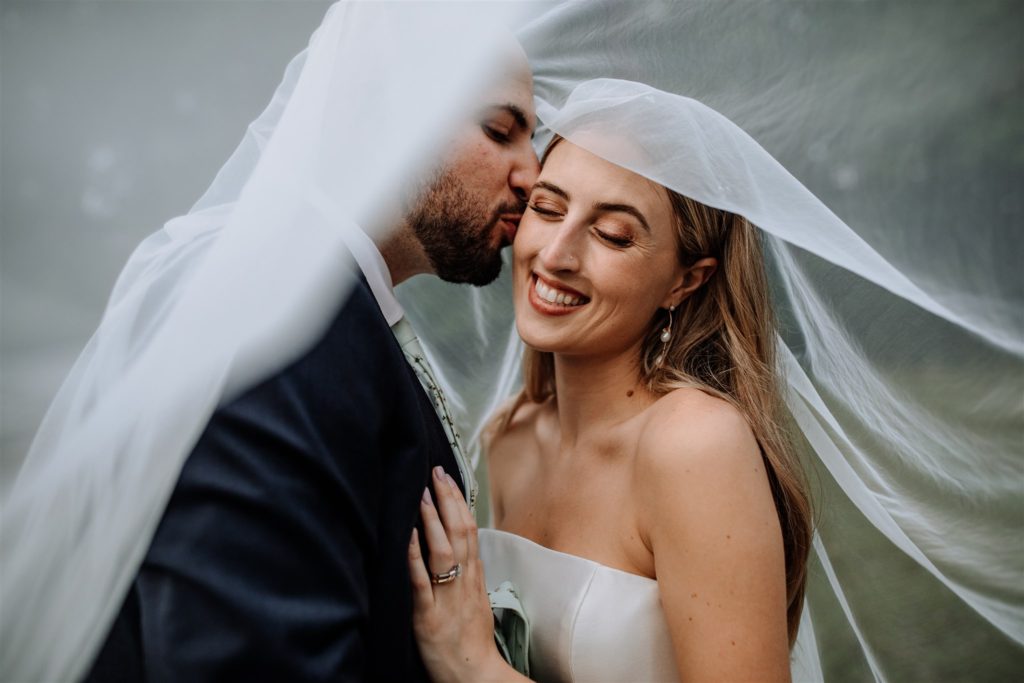
How the Canon R6 Made Our Shooting Style Easier
- Better auto focus system. We always thought the Canon 5D Mark IV had pretty good auto focus, but when compared with this (even after 6 months of heavy use), the Canon R6 seems to catch the right focus about 95% of the time (with most of the most shots being user error if we’re honest). The Mark IV on the other hand feels like it comes in more around 75%.
- We can take less photos. A direct result of the better AF system is the simple fact that we don’t have to “spray and pray” as much as we once did, and instead can concentrate, snap a photo, and be happy that it will be in focus and exactly what we want. Full wedding days have been reduce from ~3,000 images (per camera), to ~2,500 (per camera) – saving us about 500 images worth of extra storage on our external hard drives, as well as time culling through those photos.
- Built in image stabilization. The Canon R6 has built in image stabilization, something that was not available on the prior Mark IV model. This helps to retain a crisp and accurate image even at lower shutter speeds, and if we (the photographers) or the subject is moving.
Is the Canon R6 a Good Camera for Wedding, Portrait, Landscape, Real Estate Photographers?
The Canon R6 camera is a good all-rounder for any style of photography with the only caveat being those who are looking for higher resolution images that may be more desirable in certain niche applications (such as images that will be used in large print advertising).
Below is a breakdown of what we think is good about this camera by subject matter:
Wedding Photography
We are comfortable saying that this camera will work well for just about anyone because of our experience using the R6 at weddings (of all different types). Wedding photography is one of the most complex forms because it involves a lot of different styles and subject matters, in a wide range of environments.
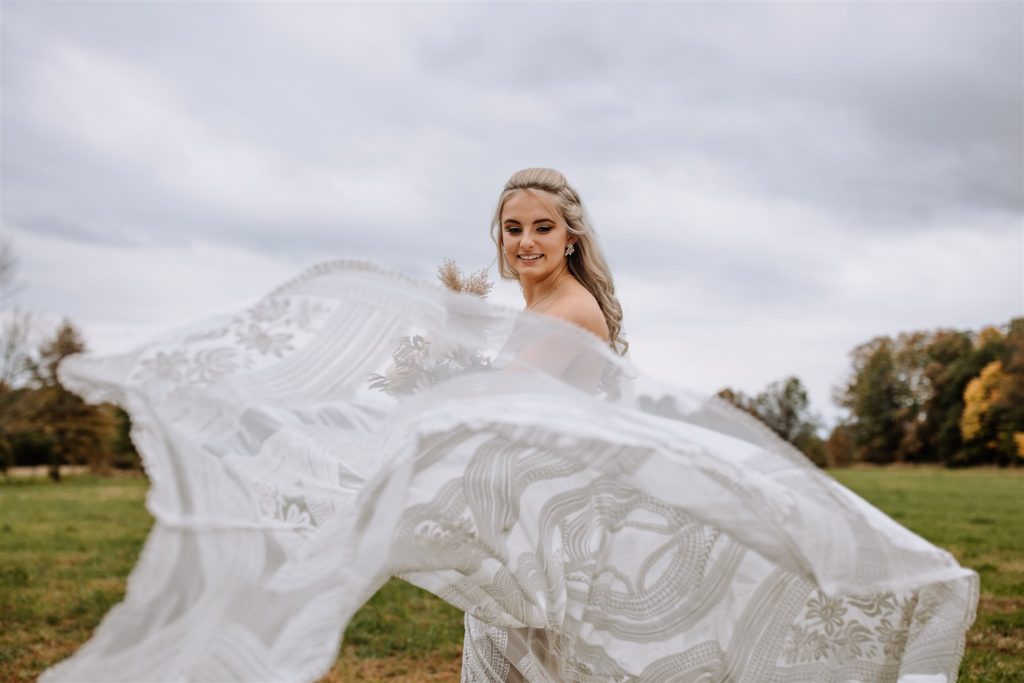
Portraits/Headshots
We believe the Canon R6 will actually be the perfect compliment for portrait photographers because they typically have more ability to directly control the environment and more time to set up shots. When doing solo headshots, for example, using the eye tracking feature can be a big saver to guarantee more accuracy (instead of having to set the focus on the eye yourself).
Landscapes/Nature Photography
For landscape photographers, the Canon R6 will work just fine. To be fair, most cameras will handle this style with ease – it just comes down to your specific requirements from image quality. If you are creating landscape images for sale (and not doing much else), the Canon R5 may be a more suitable camera for the increased quality.
At 20 megapixels, this camera is less than the older DSLRs (like the Mark IV), and even current mirrorless competitors like the Nikon Z6, Panasonic Lumix S1, and Sony AY III (typically starting around ~24MPs). To the naked eye, this isn’t really all that noticeable, which is why it is still being consistently used by professionals in different photography industries.
Travel Photography
Travel photography typically involves a variety of landscapes and cityscapes, as well as photos of people and animals – sometimes staged, often in a candid way. The R6 is a great choice for this purpose, and like most other mirrorless cameras, the lightweight body also makes it easier for transporting (particularly when you need to meet low weight thresholds for bags when traveling on an airplane). It’s smaller profile also means it may be easier to keep in a smaller storage bag as opposed to needing a dedicated camera bag.
Real Estate/Commercial Photography
This is the only area of photography that you would really want to evaluate what your needs are from your images. Functionally, the Canon R6 will be a good camera for photographing real estate (and similar projects that involve stationary subjects and low image volume returned to the clients), however it’s produced image quality may not be enough for what you are looking for.
As a direct comparison with the Canon R5, one of the major differences is the R6 has a 20.1 MP sensor resolution, while the R5 has a 45.0 MP sensor resolution – more than twice the difference in quality. We could envision some scenarios where the significantly higher image quality could be more desirable, particularly when showcasing luxury real estate where every pixel could matter. Not to mention, some real estate images are also used in large scale print advertisements, so the more the better in this situation.
The Biggest Setback – Canon R6 Hot shoe Issue
Any Canon R6 review you read online that does not mention hot shoe issues should not be trusted. We wanted to dedicate a space in our review to specifically address this.
First – we have not had any issues with our Canon R6’s hot shoe as of yet (~6 months of extensive use as of this writing, ~30 weddings shot with this camera + additional smaller session work). However, from reading online as well as talking with many photographers in our network, it has been a regular occurrence. You can see a couple of examples here on a Reddit thread about the issue.
What is happening to the Canon R6 hot shoe?
There is believed to be a manufacturing issue with the Canon R6 that is causing the hot shoe to be faulty. The failure ranges from no longer making contact with triggers/on camera flashes (which makes it so you cannot use these) to the hot shoe coming loose and even ripping off the camera entirely.
It’s unclear how many cameras have been impacted by this issue. It’s possible it was limited to earlier runs of the R6, however it’s not easy to assess since most conversations about this is anecdotal. Canon has not released any statements regarding this issue.
We were aware of this potential problem before purchasing and weighed the risks and decided the R6 was still right for us. The camera does come with a warranty that would cover repairs, however it’s good to keep in mind before purchasing that this could happen to your camera. With our purchase, we made sure to still have back up camera bodies (our Canon 5D Mark IV cameras) in the event we needed to quickly swap to something else.
Canon R6 Technical Specs
It wouldn’t be a Canon R6 review if we didn’t leave you with the manufacturers key specs, so they are included here for reference. Just remember – specs can be useful in making your decision in whether to buy or not, but how it performs is even more critical.
- 20MP Dual Pixel CMOS Sensor
- In-body stabilization rated at up to 8EV of correction
- Dual Pixel AF II with AI-trained subject tracking and 100% AF coverage
- 20 fps shooting with e-shutter, 12 fps mechanical
- UHD 4K shooting at up to 60p, 1080 at up to 120p
- 10-bit 4:2:2 internal recording in either C-Log or HDR PQ
- 10-bit HDR photos in HEIF format
- 3.68M-dot EVF
- 1.62M-dot fully-articulated rear touchscreen
- New battery rated at around 380 shots per charge (EVF)
Image Samples from the Canon R6 Mirrorless Camera
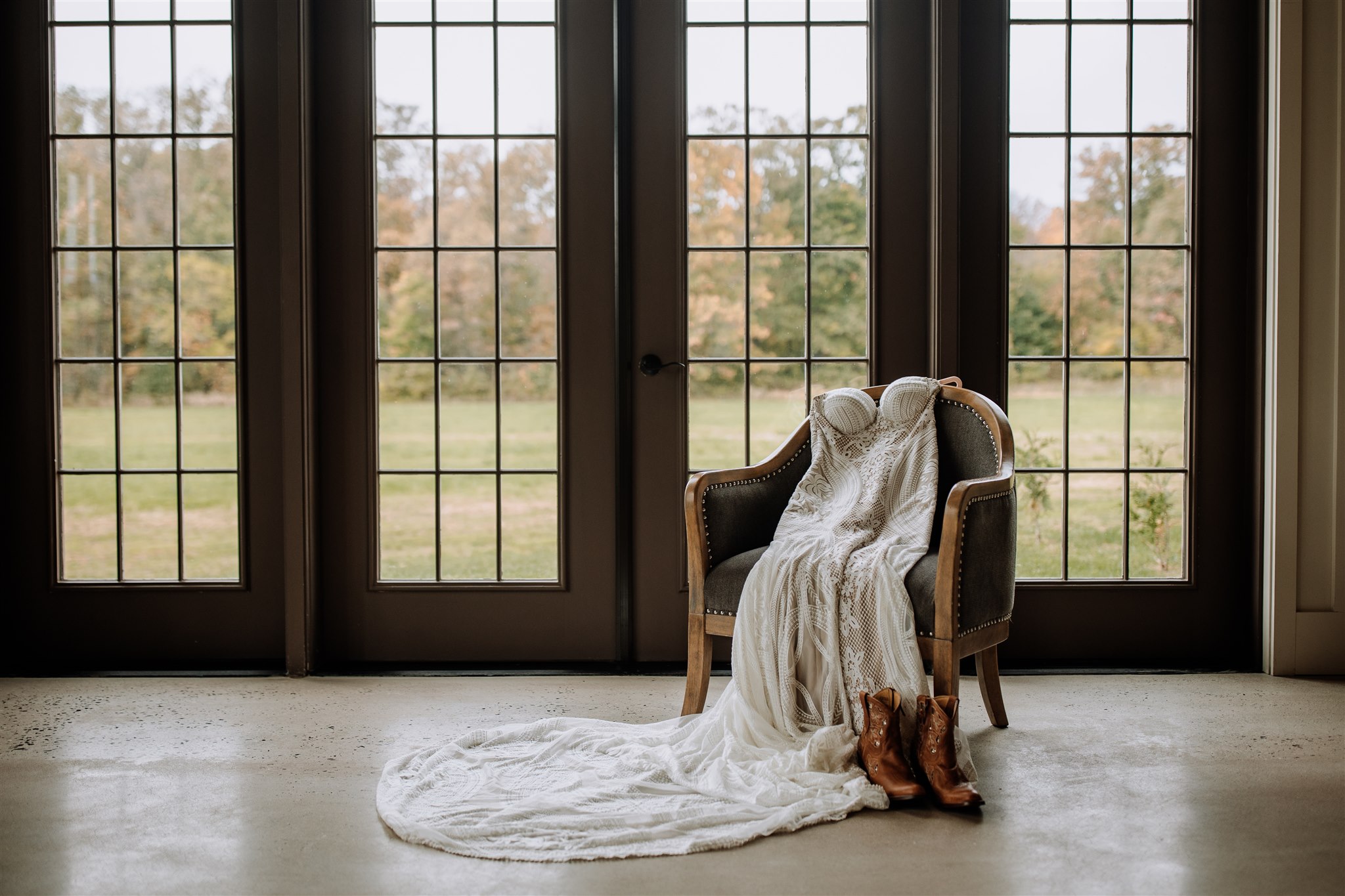
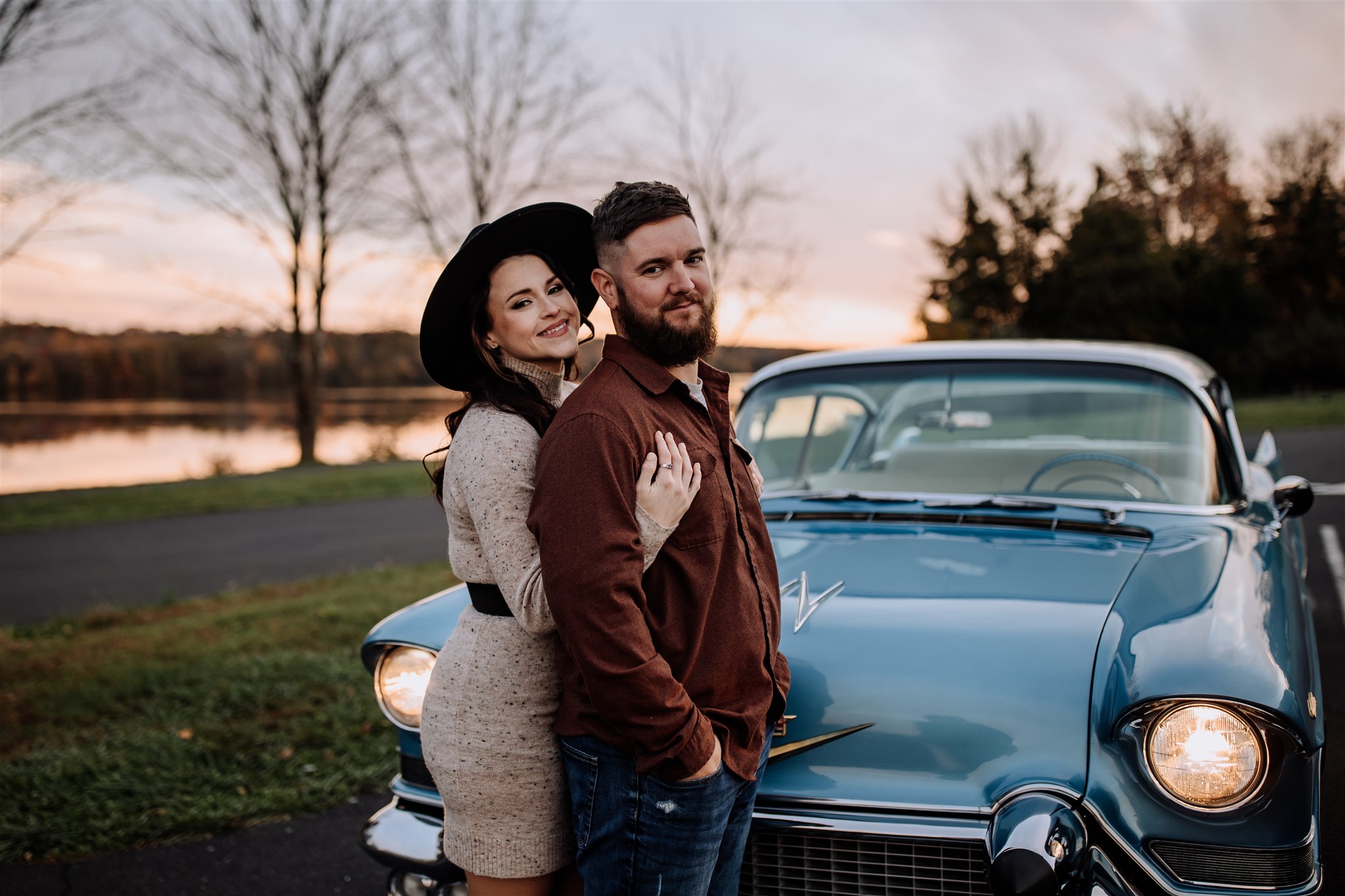

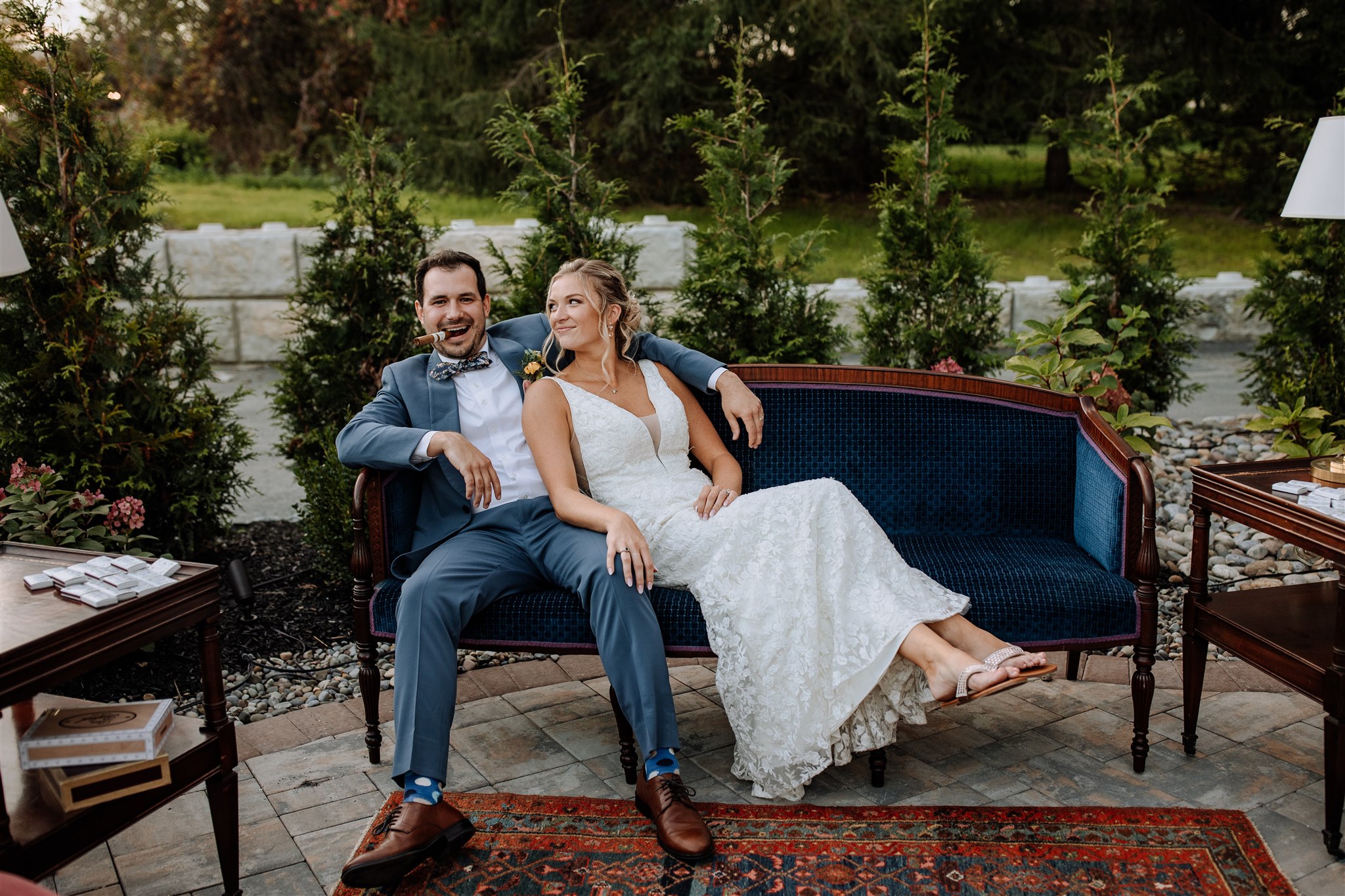
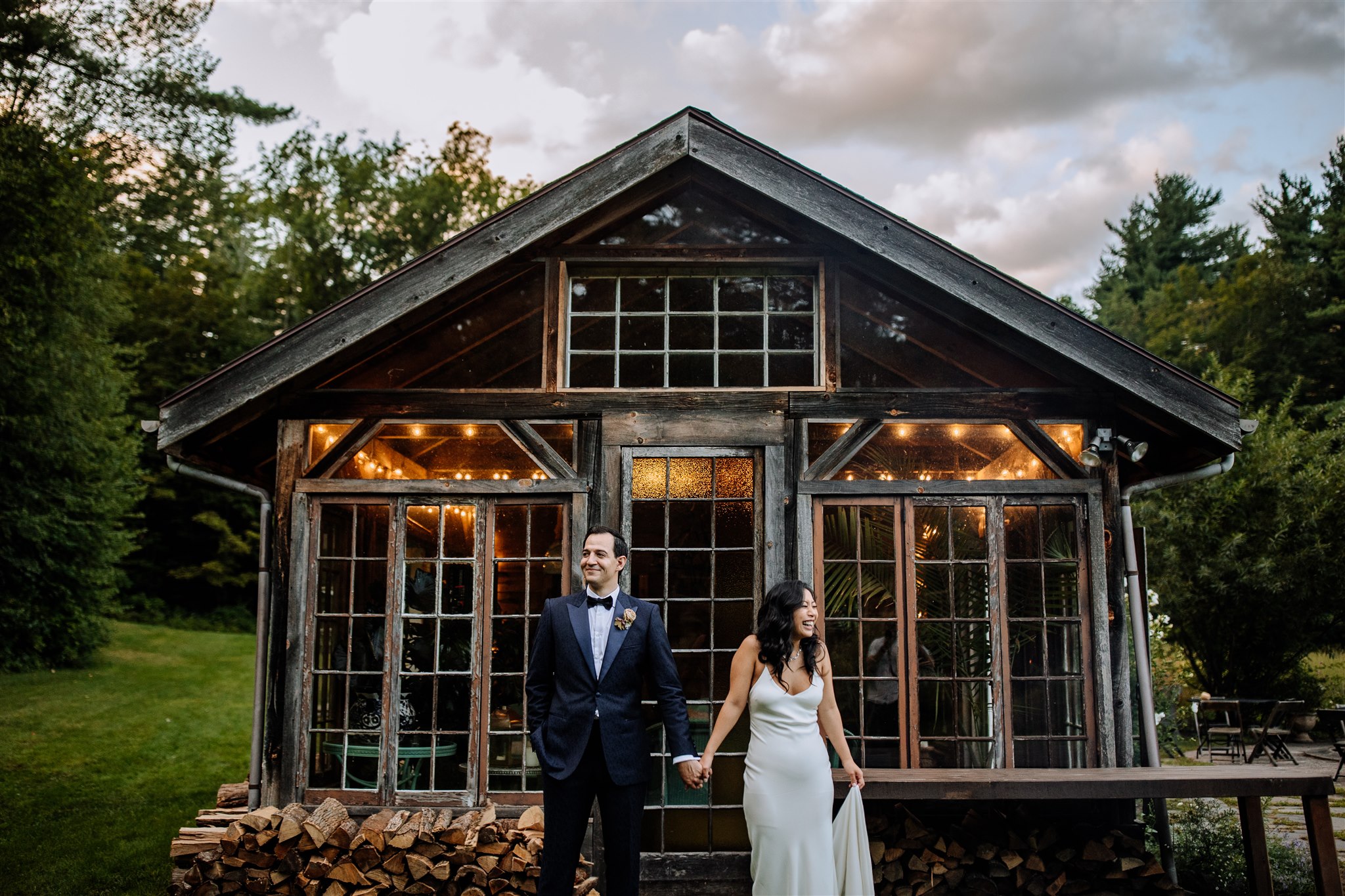
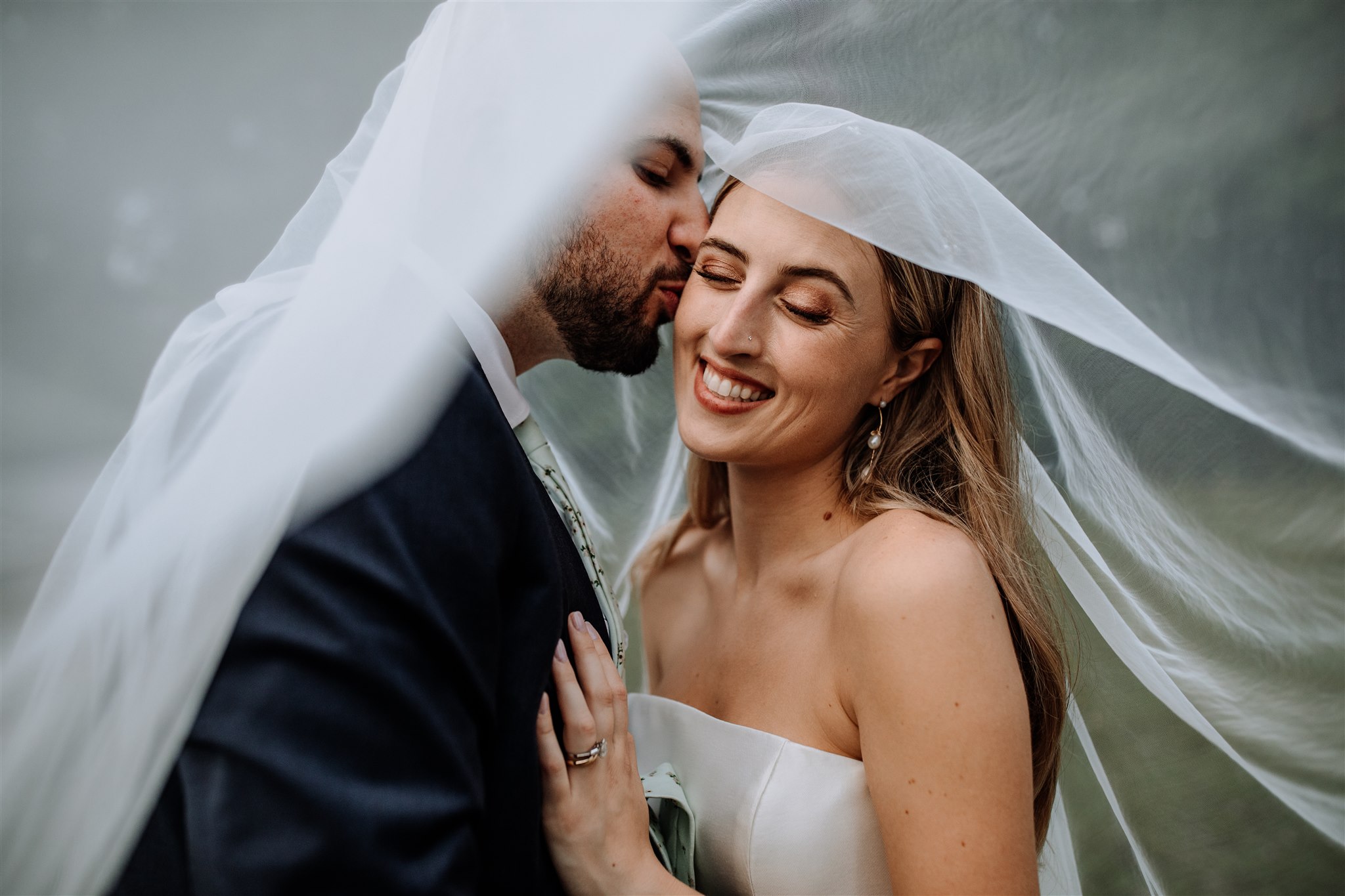
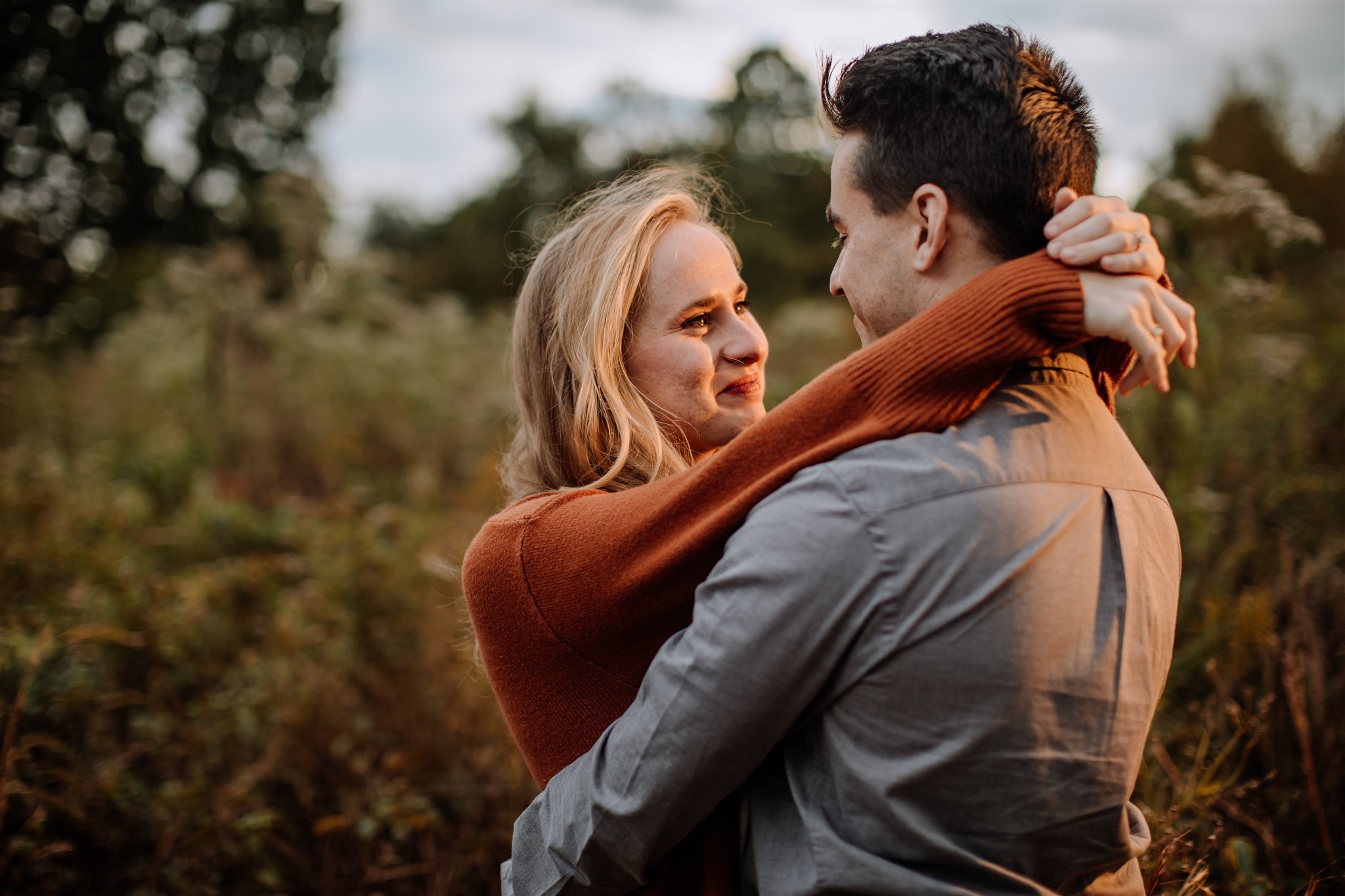
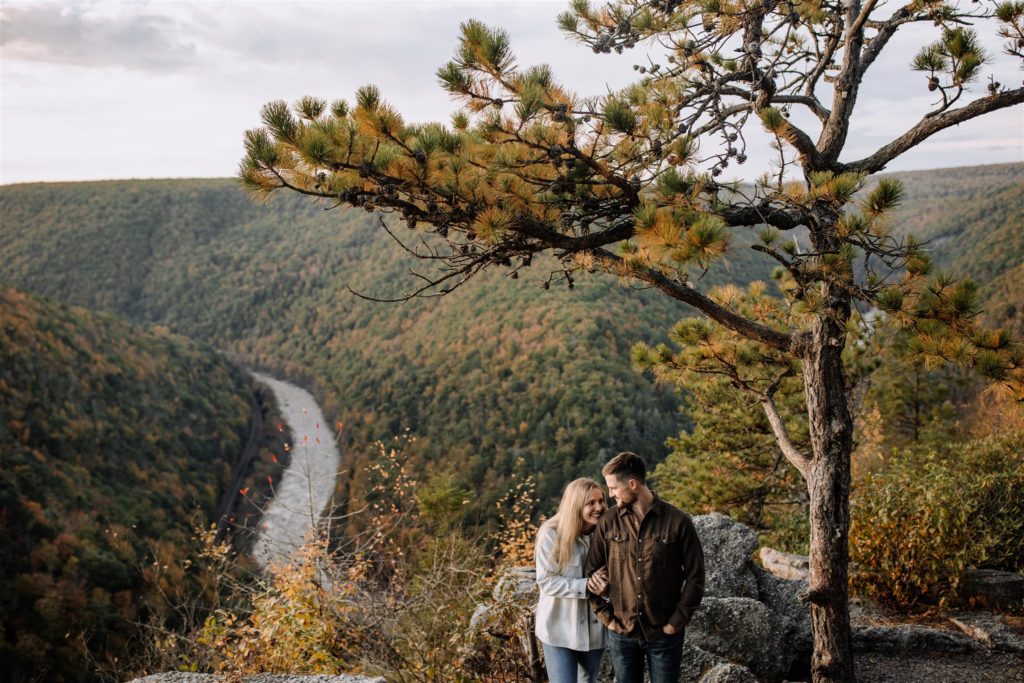
Conclusion
The Canon R6 is a great camera at a great price. What it lacks in image quality compared to older DSLR models, it more than makes up for in performance. Even image quality, to the average viewer, still remains good enough that it would be a suitable choice for a professional photographer, as well as a hobbyist looking for a higher end camera model for their photography.